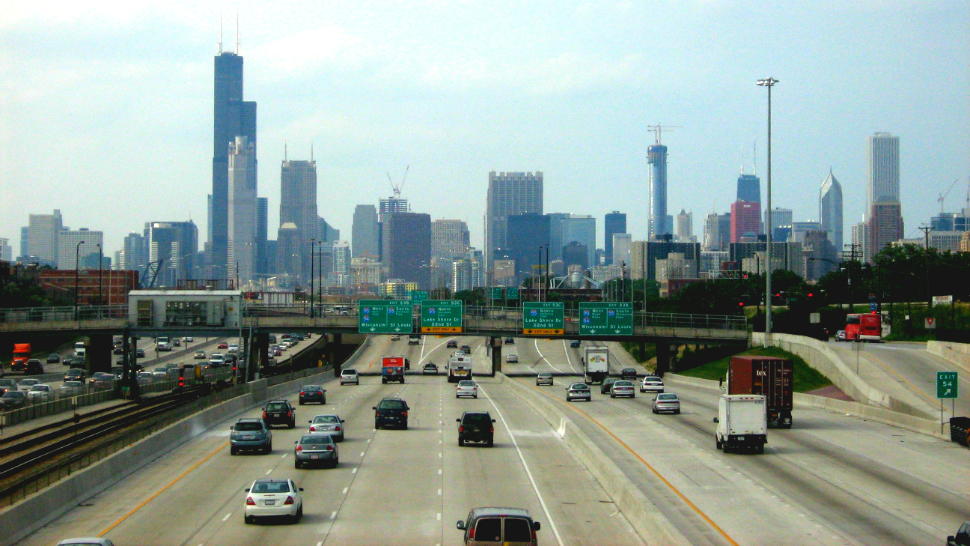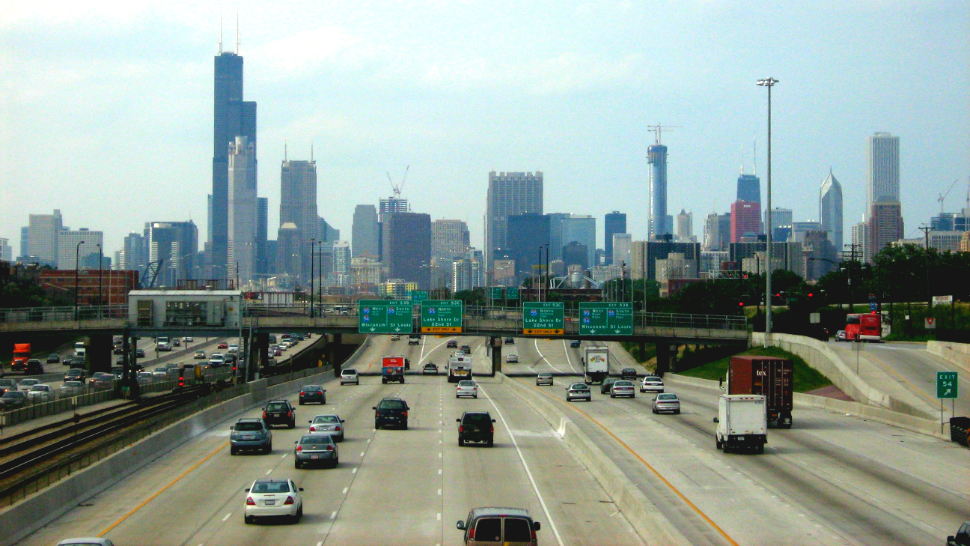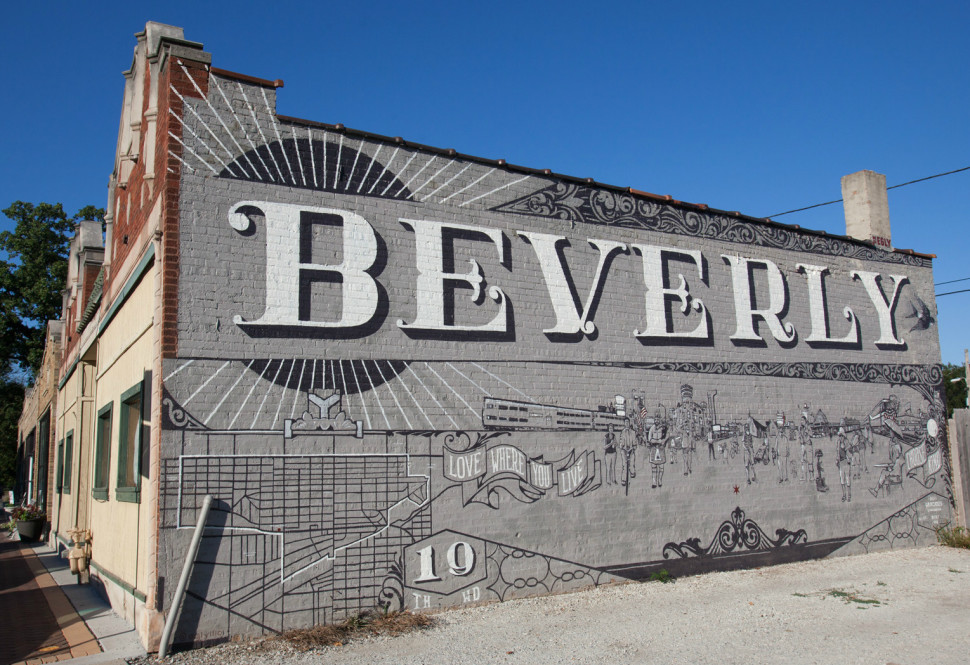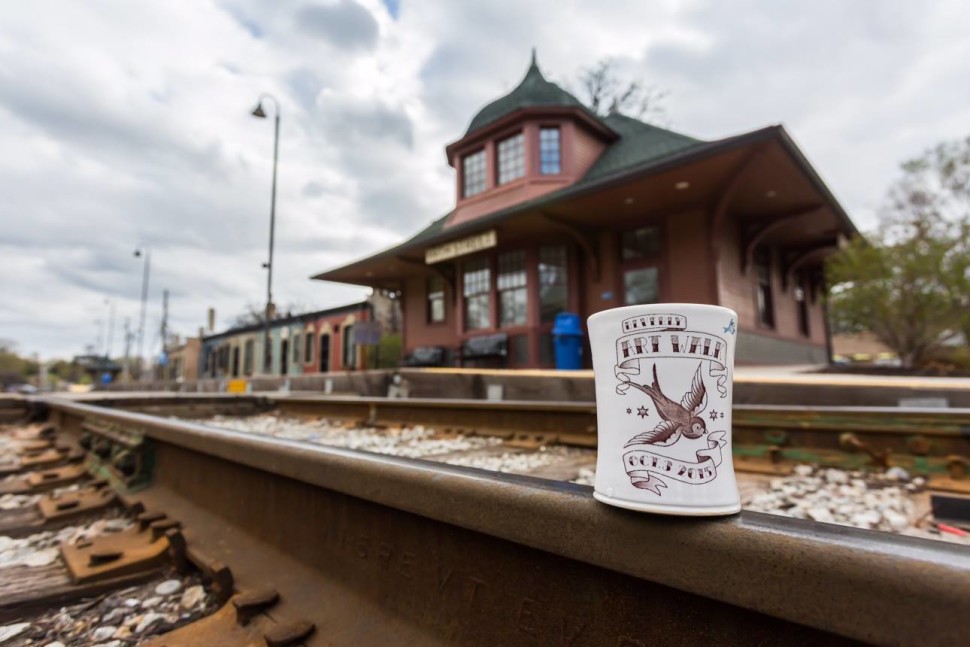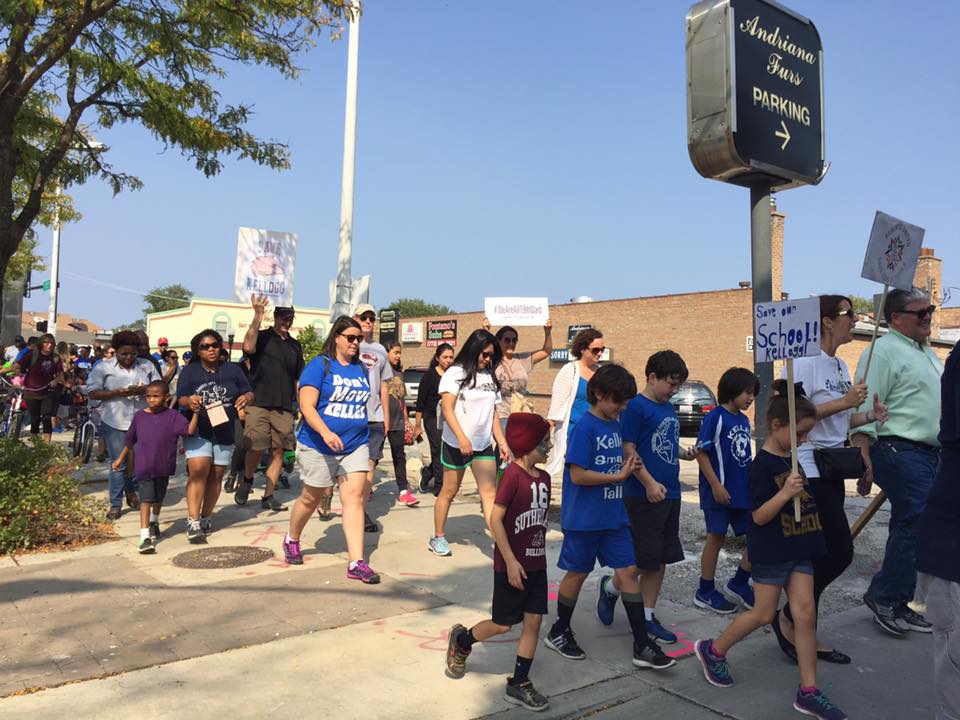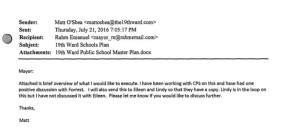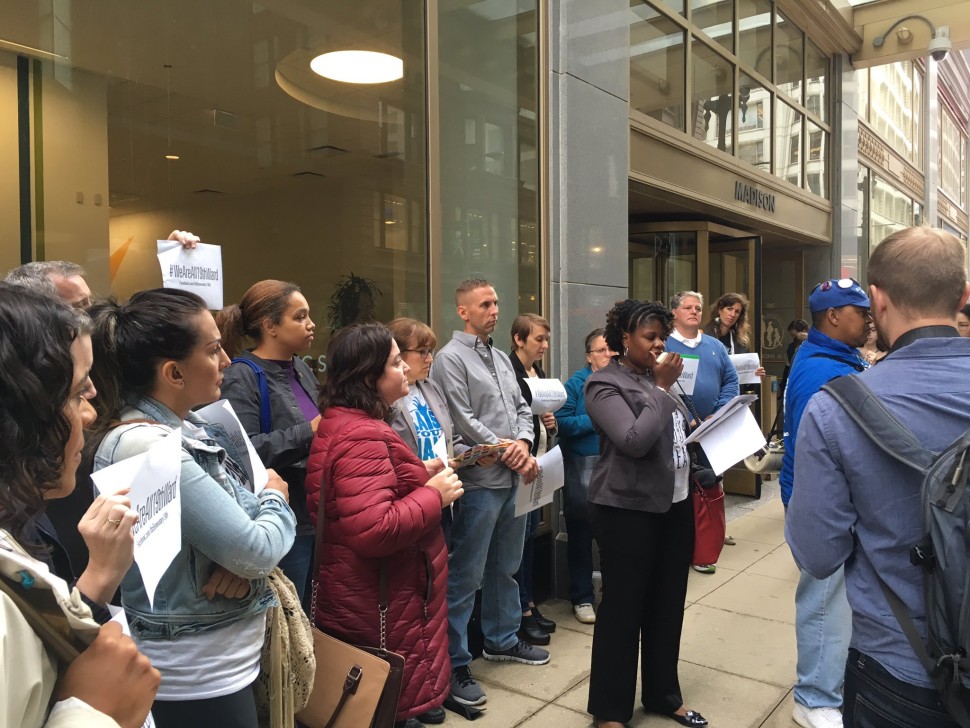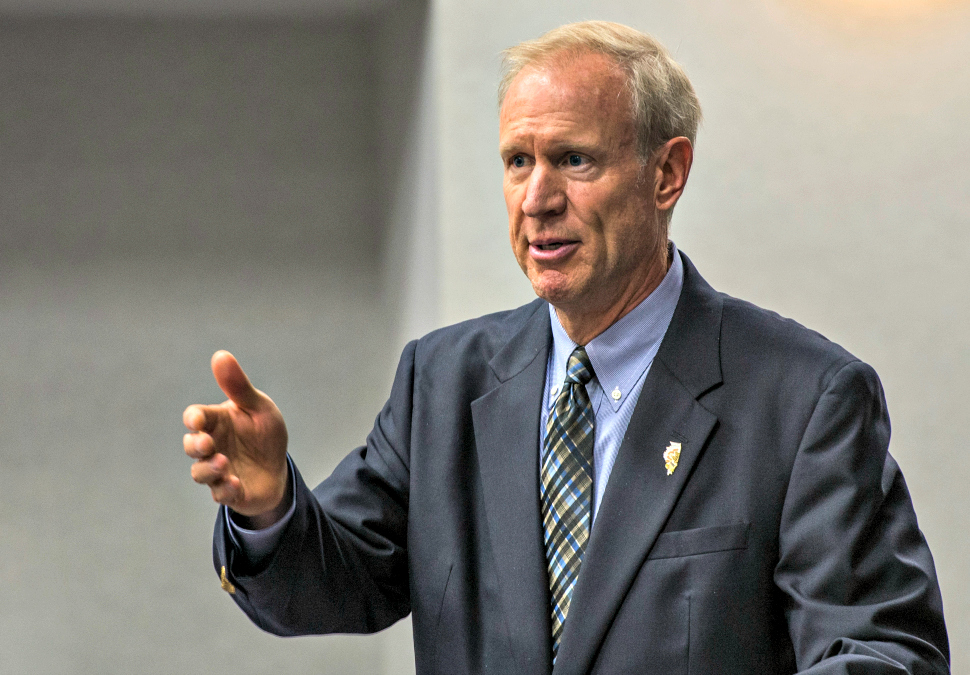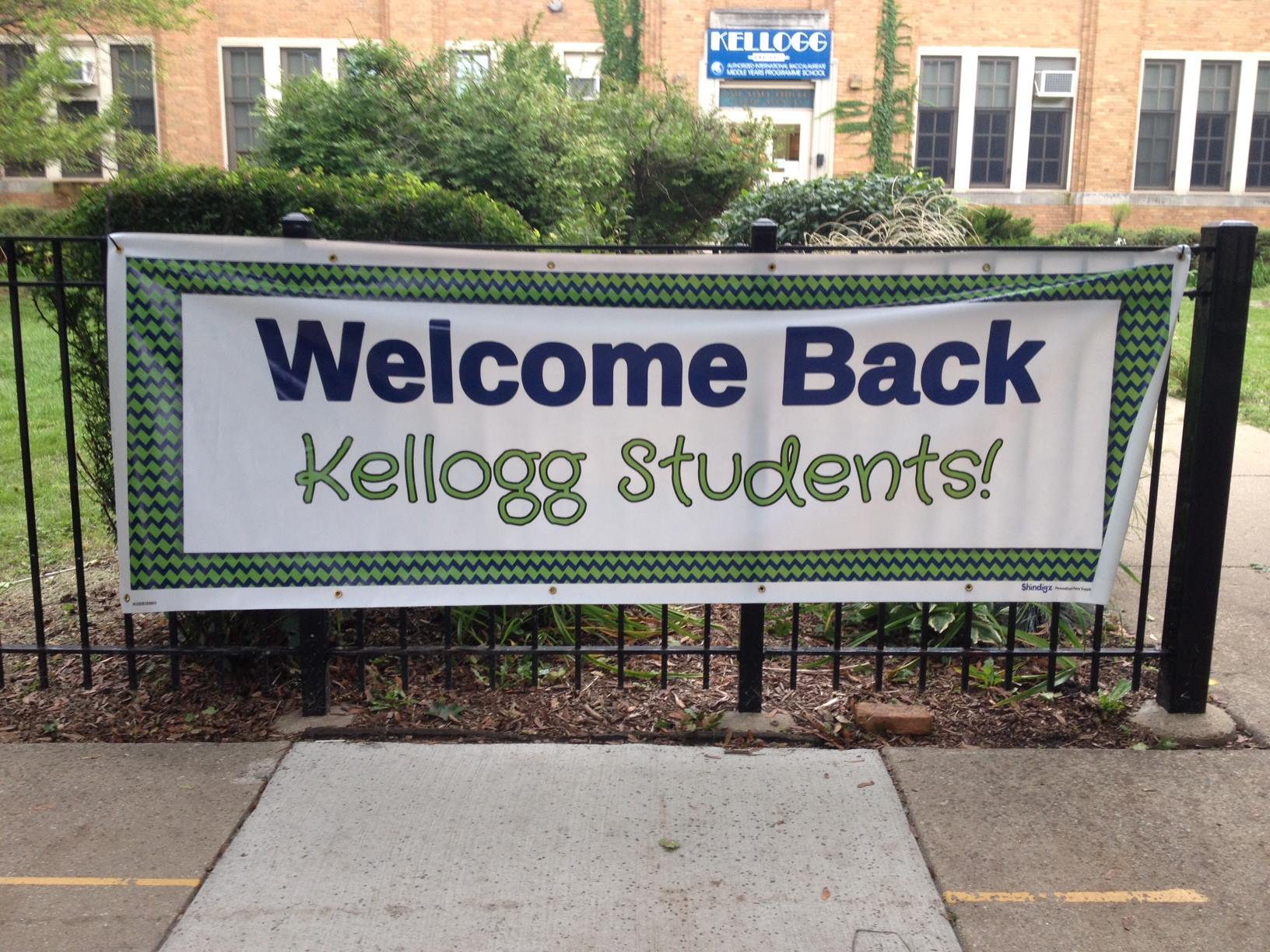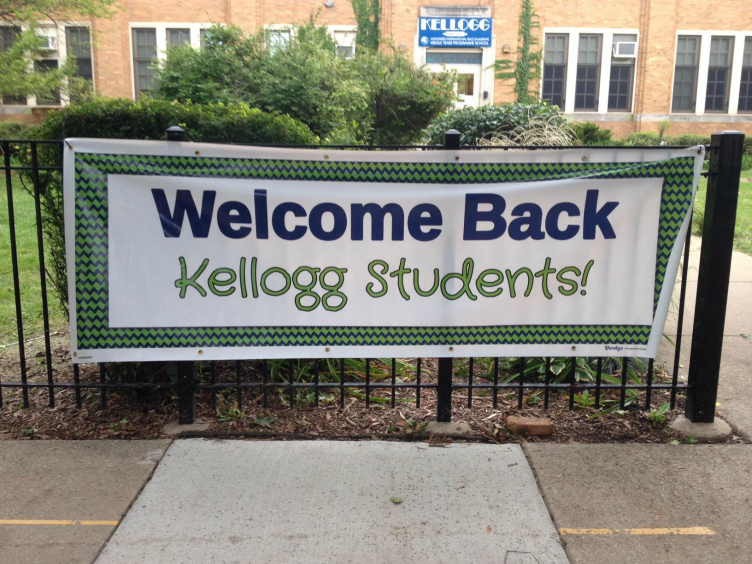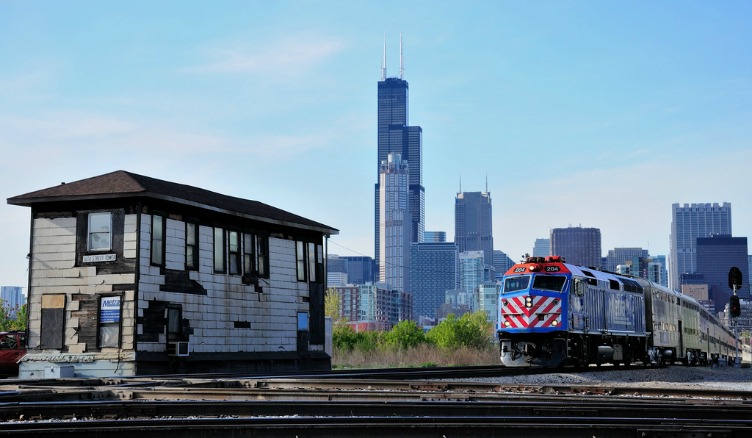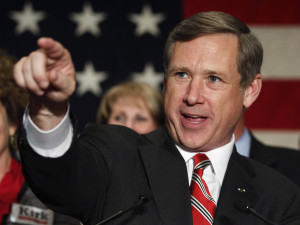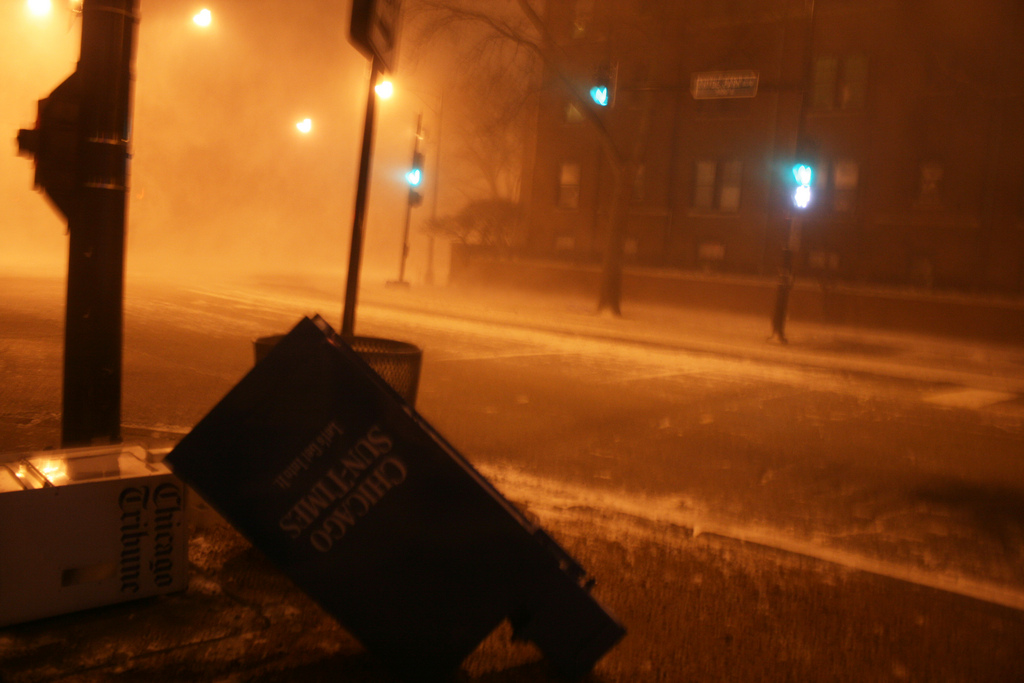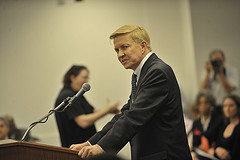I spent most of yesterday watching reactions to the shutdown of the Dan Ryan to protest violence in Chicago.
Some of the reactions were genuine – people trying to come to a better understanding of why protestors chose this tactic and why it’s effective.
Some of them were super troll-y.
This is for both groups.
What’s the point of disrupting traffic on the Dan Ryan? Most of the people affected aren’t the ones causing the violence.
One of the biggest problems with addressing violence in Chicago is that it is seen as a problem isolated to a particular area and only affecting certain people and neighborhoods. Yesterday’s protest was like throwing a stone in a pond and causing ripple effects.
If you ended up talking about this protest and the issues surrounding it this weekend, that was the point of the protest. Shutting down the Dan Ryan makes that possible in ways other tactics don’t.
Without calling more people into this fight, the problem doesn’t get solved. Without more pressure on the mayor, the governor, the City Council, it doesn’t get solved. Without a broad-based coalition of people from around the metro area who demand solutions, it doesn’t get solved. Shutting down the Dan Ryan made the problem impossible to ignore.
It was also about forcing people who access Chicago via the Dan Ryan to see parts of the city they otherwise are able to avoid. If you wanted to access the city via I-57, you got diverted to 95th or 103rd Street. You’d have to take State Street or Vincennes or any of the other streets that run parallel to the Dan Ryan to get into the city. You’d have to see the people, the businesses and neighborhoods that make up the South Side – all the places that are largely invisible if you’re taking the Dan Ryan.
At a minimum, this makes the problem more present, less a thing you hear about and more a thing that exists in real ways.
Why don’t they disrupt the spots where the drug dealers / gang members hang out?
People do this all the time. This article is from 2016, but trust me this kind of thing happens out of the reach of TV cameras and reporters frequently.
In fact, Father Pfleger himself leads marches like this every Friday night. His church, St. Sabina, also has an ongoing violence intervention program.
Bringing more attention to the people doing this work is also what the protest was about, not to mention talking about issues like low wages, schools, jobs, etc.
So why don’t they protest in front of the mayor/governor/Mike Madigan’s house?
People do protest in front of the mayor’s house. Often enough that it doesn’t create the kind of disruption or visibility that something like this did. But honestly, this is like asking why civil rights protestors walked from Selma to Montgomery or blocked the Edmund Pettus Bridge. There’s a tendency with protests to see them as either/or rather than “yes, and…”
This is just politics! It’s just a publicity stunt.
Yes. You’ve captured the exact reason why protests happen: to publicize issues and put pressure on political decision makers.
But I’ll agree with you on one point: The posturing by the mayor and the governor yesterday was not particularly insightful or helpful. Especially when you consider the mayor and the governor have both tried to crush unions and teachers, two groups that provide economic and educational health to the affected communities.
This just creates a lot of chaos for law enforcement.
It definitely requires a significant deployment of resources. I don’t have the exact numbers, but I’ll bet it’s roughly equal to the time we closed down Michigan Avenue and most of downtown when the Blackhawks won.
We close streets, disrupt traffic and re-deploy law enforcement officers all the time for street fests, parades, etc. It affects people who aren’t participating in those events, too. I’m not saying we shouldn’t have those things. We should! But again it’s “yes, and…”
It’s a question of what we prioritize.
Also, you might have missed Chicago Police Superintendent Eddie Johnson marching arm-in-arm with Father Pfleger down the Dan Ryan. Was this more politics? Maybe. But most folks think better relations between the community and law enforcement are what’s needed here. So if this brought those groups together in a way that showed unity? That’s probably helpful.
Do you think people really don’t know about violence in Chicago?
I think most people hear about Chicago violence, but they don’t know much about it.
Do they hear it exists? Sure. Do they know why it happens? The real root causes of it and not just the stuff Hannity and his ilk spout? I don’t know.
Do they know the ways we fought gangs and dismantled public housing led to a less centralized, more violent gang problem?
Do they know we closed down mental health clinics in our neighborhoods which meant it was more likely that we are trying to treat medical issues as law enforcement problems? And that Illinois’s ongoing budget issues closed even more?
Do they know we closed 40+ schools in black and brown neighborhoods which meant their education was disrupted or kids had to cross gang boundaries? Do they know you end up gang-affiliated not by choice but by location?
Do they know the manufacturing and industrial jobs that were a large part of the South Side haven’t been replaced and that people there are (ahem) economically insecure?
People who live in this city – anywhere, from the North Side to the South Side to downtown and elsewhere – have a part to play. In part because resources to deal with the issue often flow to what demographer Rob Paral calls “the zone of affluence” which stretches from downtown to as far north as Lakeview and parts beyond. If you live in the suburbs, you benefit from the metro area being an economic powerhouse, not to mention the times you come into the city to enjoy its attractions and culture. Yesterday’s protest was about reaching you, too, and asking for your help.
I also find it interesting that some of the same people who say “What about Chicago?” whenever there’s a protest over a mass shooting at a school, church, movie theater, concert, etc. – to suggest no one is protesting over the violence here – are the same ones who are quick to decry this effort as well.
In order for all of us to be better educated on this topic, we need to seek out media, not just expect that it will reach us. More often than not, it’s in seeking out books, magazines and podcasts over TV, daily news and tweets.
It’s how we will know about Chicago violence and not just hear about it.
Why don’t these protestors spend their time calling for mandatory minimums or truth in sentencing laws?
Increasing the carceral state is a further drain on an already financially taxed system. Not to mention that mandatory minimums are usually implemented in ways that are racist and unequal. And Illinois already has truth-in-sentencing laws.
But if we’re interested in solutions that do more than warehousing people, we could start with restoring the funding to social service programs that try to interrupt violence in Chicago communities or provide jobs and other community services. Or we could work on re-opening mental health clinics. Or equally fund our schools.
Is a protest really going to solve this problem though?
By itself? No. And not even Fr. Pfleger thinks that.
We came out here to do one thing: to shut it down,” Pfleger said. “We came here to get their attention. Hopefully we got their attention. … Today was the attention-getter, but now comes the action.”
I’m going to put on my marketing hat for a second and suggest protests like this are about bringing in new participants through awareness and education. None of the other options above would have as much impact on awareness as what happened yesterday. It’s also important to talk through these issues and what else is being done to solve the problem so people know where/how they can spend their time and why it’s so vitally important.
Are the issues and their solutions complicated? Very much so. Chicago Tribune reporter Peter Nickeas talked yesterday about how the work that follows is about offering basic help and services to the people most likely to end up touched by violence:
Softball on Monday + Thursday, afternoon basketball, Tuesday night prayer group, twice-monthly tattoo removal, after-school probation programming w/ substance abuse, therapy, life skill classes, little league baseball. And of course, street outreach, violence intervention…they’ve done *tons* of work off the efforts of volunteers alone over the years, they still do. And people donate space, food, etc. But yea, things cost $. Space, vans, insurance, salaries, permits, jerseys and uniforms, etc.
Pete’s article from last year on how this work is being done in Little Village is a must-read on the topic.
So what am I supposed to do? I want to help, but I don’t know where to start.
Continue to ask questions and listen to the answers from people who’ve been doing this work.
For a regular deep dive into these issues, follow the coverage at WBEZ, Chicago Reader, City Bureau, South Side Weekly and Chicago Reporter as they often go beyond a daily news reporting model. This isn’t to say reporters at the Chicago Tribune and Sun-Times aren’t ever doing so, but the approach is different. Having said that, the long reads and watchdog reporting from both those papers (like Pete’s article linked above) are worth your time. Again, “yes, and…” not either/or.
Here’s a list of social service agencies that could use your time, talent or treasure. You could also learn more about the places that fly under the radar who are trying to help.
If each of us takes a piece of this, the load becomes a little lighter.
